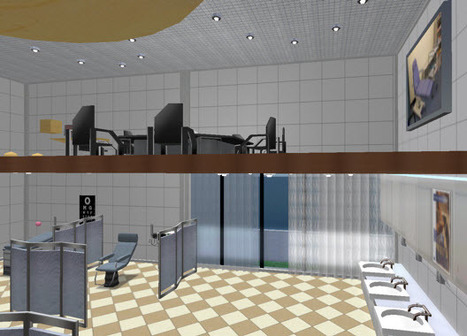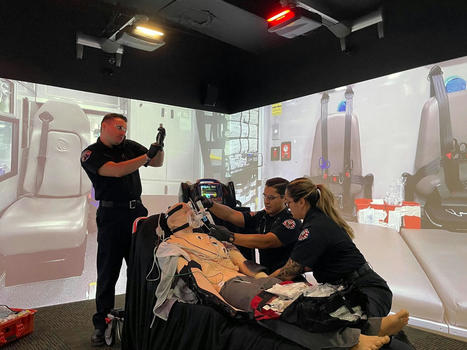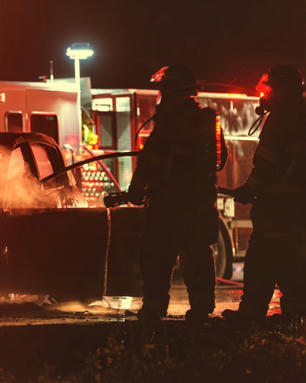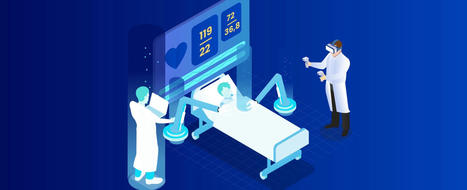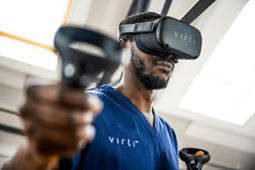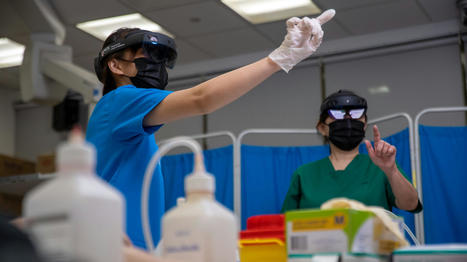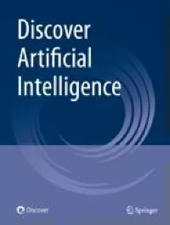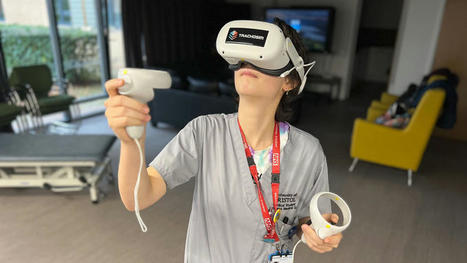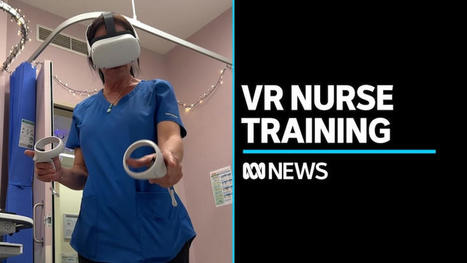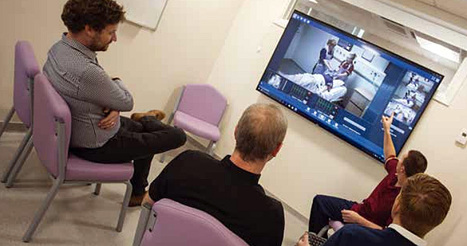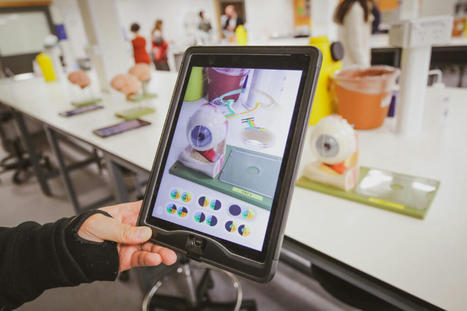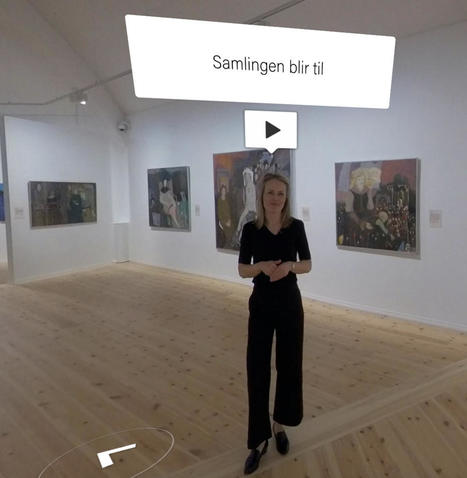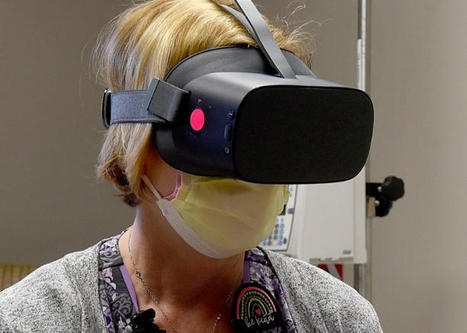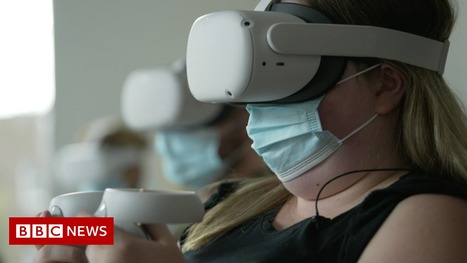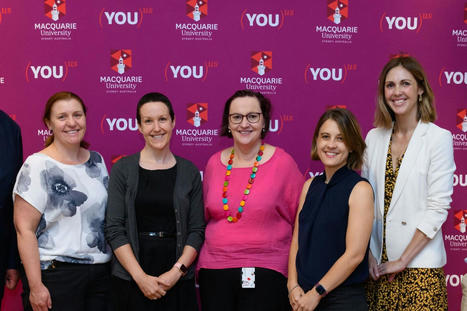There are other advantages. Researchers can build an entire bar to simulate a drinking environment (and, in fact, they have), but it's more economical to use a virtual environment, where fake components get plopped into place - no moving parts necessary.
Until we find out exactly how effective virtual reality cue reactivity is for treating substance abuse, Rosenthal is supplementing his research with more traditional (but still novel) methods. Subjects in his virtual environment are played electronic blips after they start to come down, and later, when they get cravings in the real world, they can call a number to hear the tones again, assuaging the craving. That's a parallel for how virtual reality cue reactivity will likely be used: as a secondary world, not a replacement for the real one.






 Your new post is loading...
Your new post is loading...
